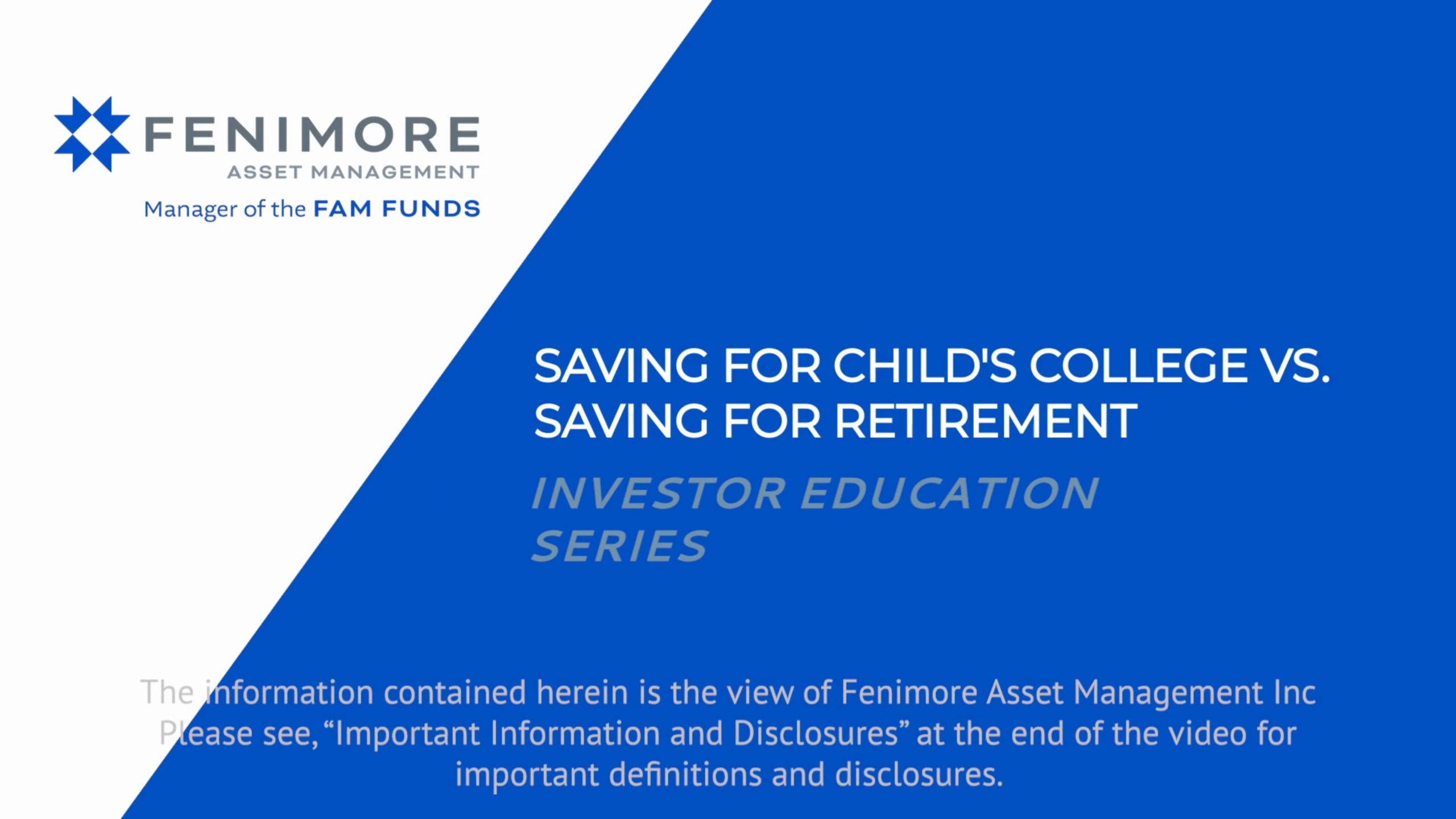IRA and Retirement Plan Limits for 2026
IRA and Retirement Plan Limits for 2026
-
Insert Text here
Many IRA and retirement plan limits are indexed for inflation each year. While some of the limits remain unchanged for 2026, other key numbers have increased.
IRA contribution limits
The maximum amount you can contribute to a traditional IRA or a Roth IRA in 2026 is $7,500 (or 100% of your earned income, if less). The maximum catch-up contribution for those age 50 or older is $1,100. You can contribute to both a traditional IRA and a Roth IRA in 2026, but your total contributions cannot exceed these annual limits.
-

Insert Image here
Income limits for deducting traditional IRA contributions
If you (or if you’re married, both you and your spouse) are not covered by an employer retirement plan, your contributions to a traditional IRA are generally fully tax deductible. If you’re married, filing jointly, and you’re not covered by an employer plan but your spouse is, your deduction is limited if your modified adjusted gross income (MAGI) is between $242,000 and $252,000, and eliminated if your MAGI is $252,000 or more.
| If your 2026 federal income tax filing status is: | Your IRA deduction is limited if your MAGI is between: |
Your deduction is eliminated if your MAGI is: |
|---|---|---|
| Single or head of household | $81,000 and $91,000 | $91,000 or more |
| Married filing jointly or qualifying widow(er) |
$129,000 and $149,000 (combined) |
$149,000 or more (combined) |
| Married filing separately | $0 and $10,000 | $10,000 or more |
If your filing status is single or head of household, you can fully deduct your IRA contribution up to $7,500 ($8,600 if you are age 50 or older) in 2026 if your MAGI is $81,000 or less. If you’re married and filing a joint return, you can fully deduct up to $7,500 ($8,600 if you are age 50 or older) if your MAGI is $129,000 or less.
Income limits for contributing to a Roth IRA
The income limits for determining how much you can contribute to a Roth IRA have also increased from 2025.
|
If your 2026 federal income tax |
Your Roth IRA contribution is limited if your MAGI is: |
You cannot contribute to a Roth IRA if your MAGI is: |
|---|---|---|
| Single or head of household | More than $153,000 but less than $168,000 |
$168,000 or more |
| Married filing jointly or qualifying widow(er) |
More than $242,000 but less than $252,000 (combined) |
$252,000 or more (combined) |
| Married filing separately | More than $0 but less than $10,000 |
$10,000 or more |
If your filing status is single or head of household, you can contribute the full $7,500 ($8,600 if you are age 50 or older) to a Roth IRA if your MAGI is $153,000 or less. And if you’re married and filing a joint return, you can make a full contribution if your MAGI is $242,000 or less. Again, contributions can’t exceed 100% of your earned income.
Employer retirement plan limits
The maximum amount you can contribute (your “elective deferrals”) to a 401(k) plan is $24,500 in 2026, increased from $23,500 in 2025. This limit also applies to 403(b) and 457(b) plans, as well as the Federal Thrift Plan. If you’re age 50 or older, you can also make catch-up contributions of up to $8,000 to these plans in 2026. [Special catch-up limits apply to certain participants in 403(b) and 457(b) plans.] The amount you can contribute to a SIMPLE IRA or SIMPLE 401(k) is $17,000 in 2026, and the catch-up limit for those age 50 or older is $4,000.
| Plan type: | Annual dollar limit: | Catch-up limit: |
|---|---|---|
| 401(k), 403(b), governmental 457(b), Federal Thrift Plan |
$24,500 | $8,000 |
| SIMPLE plans | $17,000 | $4,000 |
Note: Contributions can’t exceed 100% of your income.
IMPORTANT FENIMORE ASSET MANAGEMENT DISCLOSURES
Broadridge Investor Communication Solutions, Inc. does not provide investment, tax, legal, or retirement advice or recommendations. The information presented here is not specific to any individual’s personal circumstances. To the extent that this material concerns tax matters, it is not intended or written to be used, and cannot be used, by a taxpayer for the purpose of avoiding penalties that may be imposed by law. Each taxpayer should seek independent advice from a tax
professional based on his or her individual circumstances. These materials are provided for general information and educational purposes based upon publicly available information from sources believed to be reliable — we cannot assure the accuracy or completeness of these materials. The information in these materials may change at any time and without notice.
The views and opinions expressed in this article are those of Broadridge Investor Communication Solutions, Inc. and do not necessarily reflect the views of Fenimore Asset Management or its officers. Fenimore Asset Management or its officers have no editorial control over the content of the article or subject matter, and is independent of Broadridge Investor Communication Solutions, Inc.
The information herein is subject to change and is not intended to be complete or to constitute all of the information necessary to evaluate adequately the consequences of investing in any securities or other financial instruments or strategies described herein. These materials also include information obtained from other sources believed to be reliable, but Fenimore does not warrant its completeness or accuracy. In no event shall Fenimore be liable for any use by any party of, for any decision made or action taken by any party in reliance upon, or for any inaccuracies or errors in, or omissions from, the information contained herein and such information may not be relied upon by you in evaluating the merits of participating in any transaction.
In part, the purpose of this presentation may be to provide investors with an update on financial market conditions. The description of certain aspects of the market herein is a condensed summary only. This summary does not purport to be complete and no obligation to update or otherwise revise such information is being assumed. These materials are provided for informational purposes only and are not otherwise intended as an offer to sell, or the solicitation of an offer to purchase, any security or other financial instrument. This summary is not advice, a recommendation or an offer to enter into any transaction with Fenimore or any of their affiliated funds.
We undertake no duty or obligation to publicly update or revise the information contained in this presentation. In addition, information related to past performance, while helpful as an evaluative tool, is not necessarily indicative of future results, the achievement of which cannot be assured. You should not view the past performance of Fenimore funds, or information about the market, as indicative of future results.
All projections, forecasts and estimates of returns and other “forward-looking” information not purely historical in nature are based on assumptions, which are unlikely to be consistent with, and may differ materially from, actual events or conditions. Such forward-looking information only illustrates hypothetical results under certain assumptions and does not reflect actual investment results and is not a guarantee of future results. Actual results will vary with each use and over time, and the variations may be material. Nothing herein should be construed as an investment recommendation or as legal, tax, investment or accounting advice.
Clients or prospective clients should consider the investment objectives, risks, and charges and expenses carefully before investing. You may obtain a copy of the most recent mutual fund prospectus by calling 800-932-3271 and/or visiting www.fenimoreasset.com.
There is no guarantee that any of the estimates, targets or projections illustrated in this summary will be achieved. Any references herein to any of Fenimore’s past or present investments, portfolio characteristics, or performance, have been provided for illustrative purposes only. It should not be assumed that these investments were or will be profitable or that any future investments will be profitable or will equal the performance of these investments. There can be no guarantee that the investment objectives of Fenimore will be achieved. Any investment entails a risk of loss. An investor could lose all or substantially all of his or her investment. Unless otherwise noted, information included herein is presented as of the date indicated on the cover page and may change at any time without notice.
Fenimore Asset Management Inc. is an SEC registered investment adviser; however, such registration does not imply a certain level of skill or training and no inference to the contrary should be made.



















